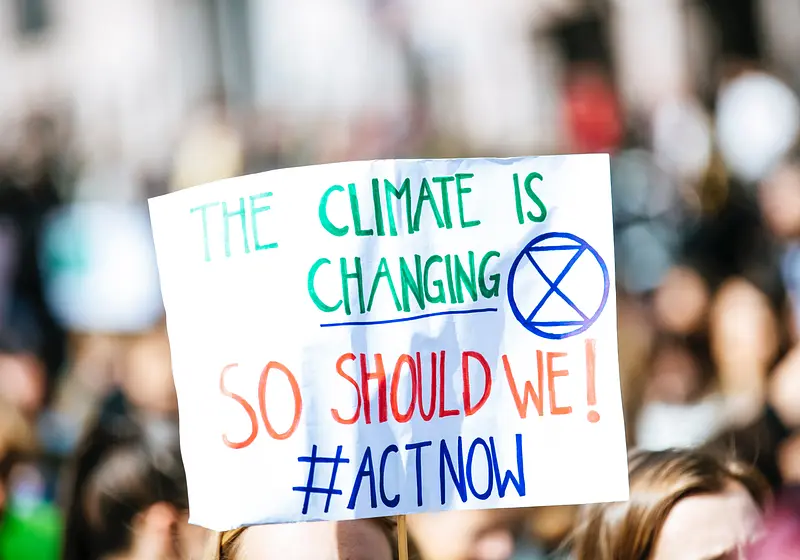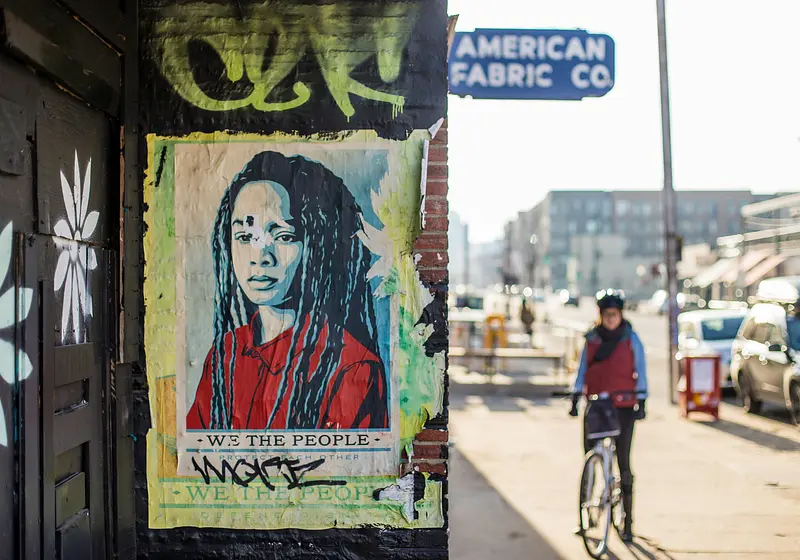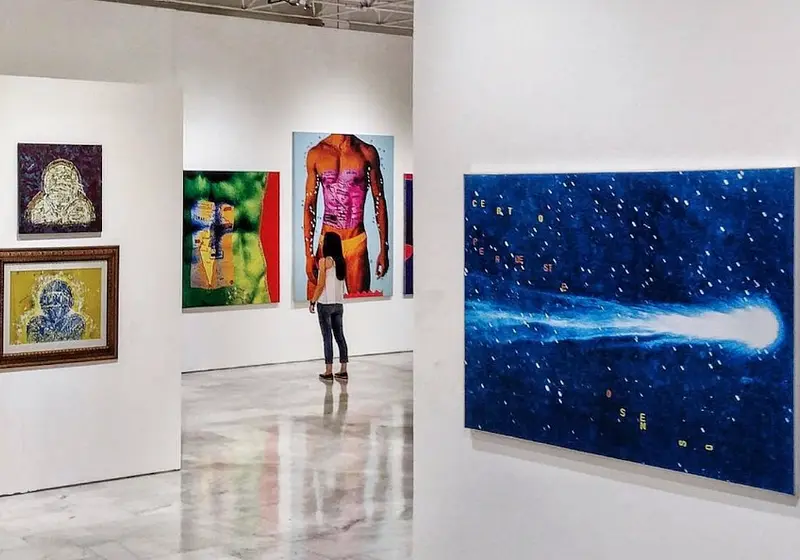If you’ve ever been to NYC, chances are you’ve seen it: colors of all different tints, shades and tones produced from aerosol cans which take different forms as they’re plastered on walls. Seldom do you question how these walls, floor, or sometimes billboard designs got there. If you did happen to wonder where they came from, perhaps you’d imagine it’s a group of masked vigilantes crusading through the night, adding infamous, vibrant culture to the streets one day at a time.
Or maybe, you’d detest the mysterious creators for permanently damaging the walls your tax dollars pay for. Maybe your heart sits somewhere in the middle.
These controversial street designs I speak of are called “street art,” or “graffiti.” Originating sometime in the early 20th century, the birth of street art is mostly attributed to New York City gangs who would mark their territories with simple colored spray paint signatures. However, the cultural renaissance of street art began in the 1960s and 70s when New York reached the brink of bankruptcy during the Vietnam War.
With all the closed-down stores and buildings, along with subway lines supplying limitless canvas space, creative baby boomers took to the streets to lighten up a depressive New York City. While remaining most infamous in the city, street art has expanded in popularity to various cities worldwide, including Melbourne, Berlin and Buenos Aires since its inception.
Growing up in Brooklyn myself, I’m greeted by 3-D faces, names and expressions popping off worn out walls whenever I step out of my house. Street legends are forever remembered on the side of the school I walk past on the way to the bus stop to and from school.
The scaffoldings and abandoned buildings are barely noticeable underneath oceanic turquoise, crimson red and sun-yellow designs. Whenever I have more time on my way to my destination, I take two or three photos of murals and graffiti for my TikTok viewers who don’t get the chance to observe the craft as much as I do.
However, I know there’s a different side to my view. As New York enjoyed the product of its inclusive art form, the 1980s introduced graffiti as “a method of marking territory, often used by gangs to denote that an area belonged to them.
” This concept is what we call “tagging” nowadays. Tag Graffiti has become an art form that carries just as much, if not more history as street art does.
As common as traditional street art is, some would argue tagging is the more generic form of graffiti seen on the streets of New York. Although tagging has been denounced by law in the form of “jail term, monetary fine and/or community service,” it’s rare for any MTA (subway) rider, driver or biker to not notice at least one black or white signature on the streets.
Unfortunately, the subculture of tagging has tainted the view of street art. According to Jonathan Jones of the Guardian, “scrawled and spray-painted inchoate messages on every corner of every city do not actually enrich the world.” Many like him believe graffiti and street art are nothing more than “vile oppression” that blinds the eyes of innocents just trying to commute.
Ironically, I notice a lot of the common forms of “tagging” in New York now use green walls and scaffoldings of reconstructed buildings as canvases. The green walls that hide the remains of what has been in the neighborhood for years as new high-rises go up behind them. I pass by the remains of former shops, apartment buildings and homes I’ve never been in before, yet recognized as a landmark of the community.
Now stand green walls with stickers signifying more foreign retail companies have bought the properties and plan to build structures ‘bigger and better’ than what was there before. By 2024, those Ma-and-Pa shops and old bodegas will be a new, “contemporary” apartment building. Pre-sale for housing unit studios start at 2500 dollars.
I won’t feign ignorance in suggesting most taggers and other graffiti artists have a common goal of striking back at the man with their art. I’m very aware of the toxic history of vandalistic tagging, and in a sense, I do condemn the act.
However, I also can’t deny a sense of deep-rooted pride in seeing that the people that have made the community what it was, good and bad alike, are still around. Amidst what seems to be New York City’s modernized counter-reformation of culture, it’s nice to see we aren’t completely being phased out.
What started off as creative projects by bored kids has turned into a wide-spread movement of artistic expression. Whichever stance you hold in the debate of graffiti art, the least I can hope for is recognition. Outside of New York City, I personally hope for graffiti to continue to spread in popularity, and done right, become an important, positive aspect of other communities as it is for mine.




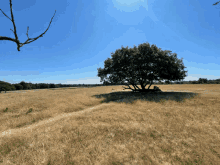
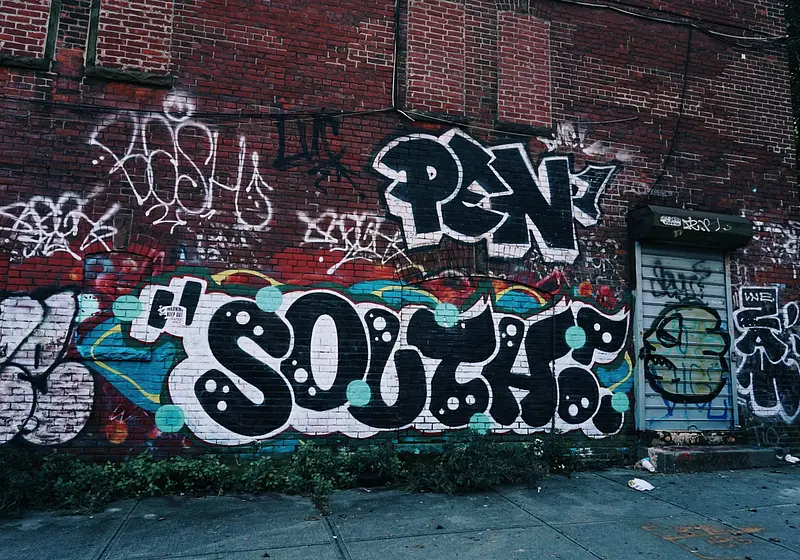

.png)
